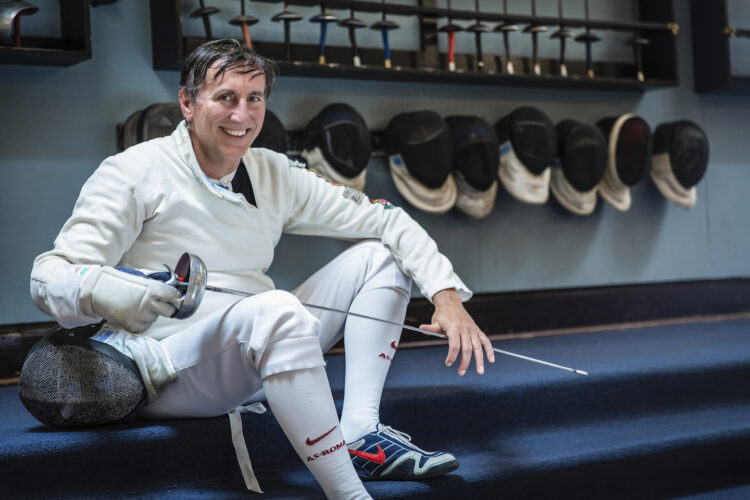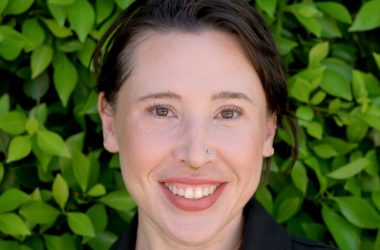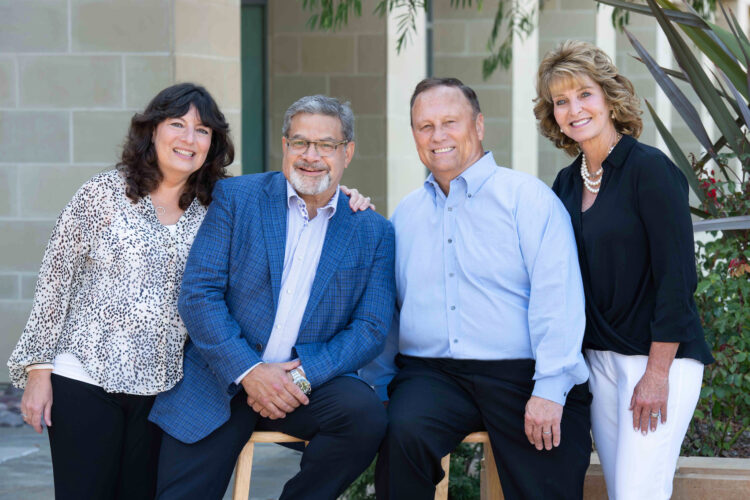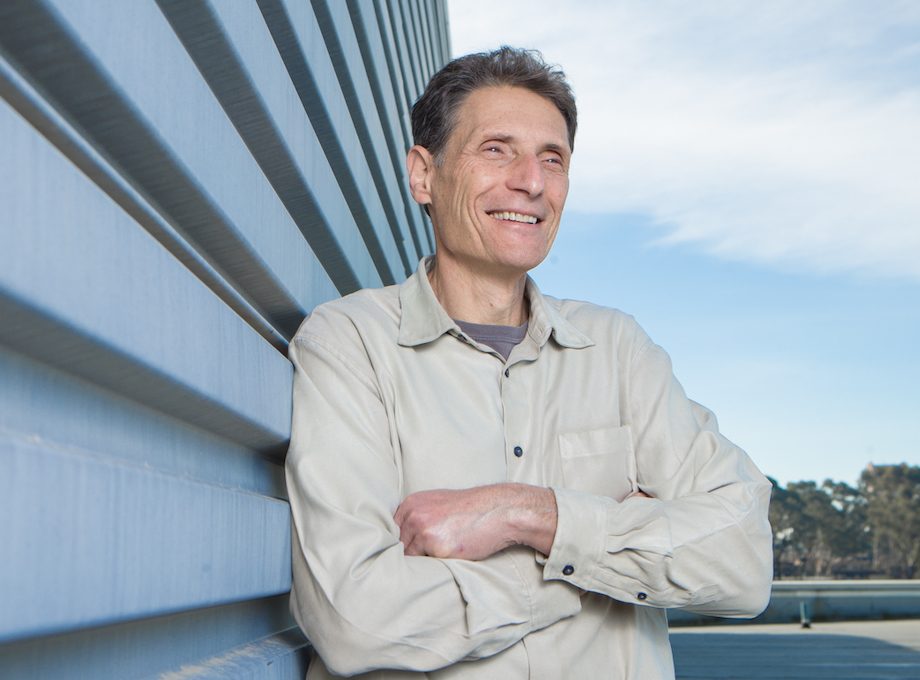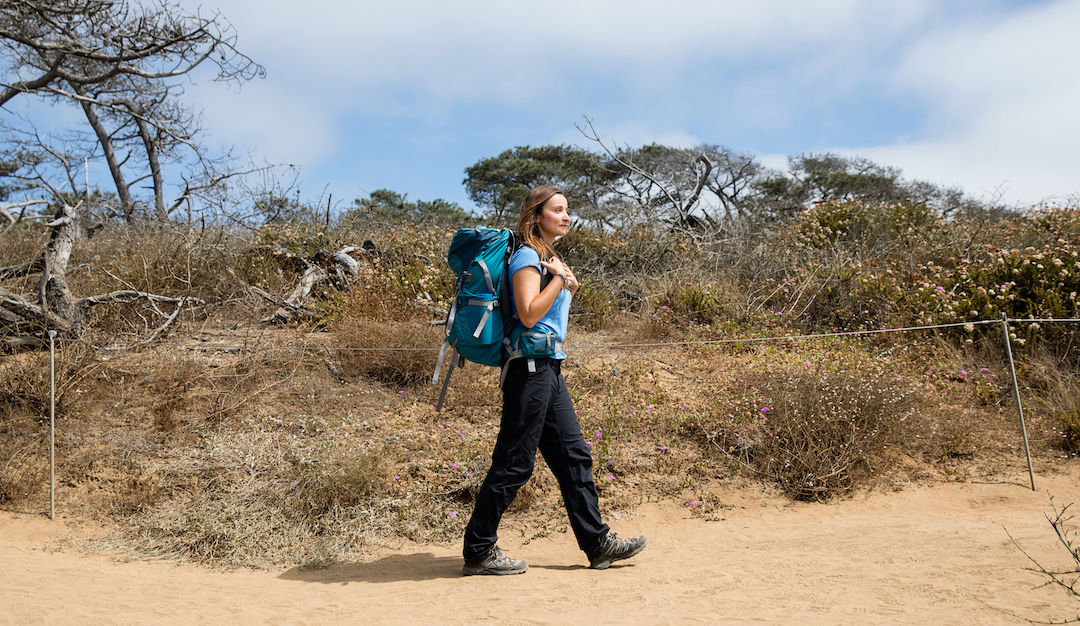Raised in Rome, Italy, in a family of lawyers, Dr. Sette started his science career as a young boy in a spare room at his father’s law firm, where he kept a “chemistry cabinet” and smelled up the firm from time to time with failed experiments. He soon left his trial-and-error days behind and quickly became known for his pioneering efforts to systematically dissect how the immune system responds to some of the most prevalent and dangerous infectious agents, such as those that cause malaria, tuberculosis, and dengue fever.
Dr. Sette spent 14 years in biotechnology, first at Cytel Corporation and later at Epimmune, as founder, Vice President for Research, and Chief Scientific Officer. The goal of these two companies was to develop highly specific immunotherapies for autoimmune diseases and better vaccines for hepatitis B infection.
In 2002, Dr. Sette joined La Jolla Institute for Immunology to head the new Center for Emerging Diseases. There, Dr. Sette oversaw the design, development, and implementation of the national Immune Epitope Database (IEDB), a freely available database that catalogues all the specific structures that the immune system recognizes—which are known as epitopes—for humans, non-human primates, rodents, and other vertebrates, from allergens, infectious diseases, autoantigens, and transplants.
Q. You came from a family of lawyers. How did you become interested in science?
After finishing high school, I wanted to make an impact and change the world. In a philosophical sense, you can bring about change by changing people’s minds. It doesn’t change anything material but it changes the way we think. Or you change the world through tangible things, which is what science does. It invents new things, different medicines, or develops new ways to manufacture things. My desire was more to make an impact through changing the real world, the world of artifacts rather than being a lawyer or politician.
Q. You were immediately captivated by immunology. Why?
I was originally drawn more to chemistry because I liked the exact nature of chemistry. Back in the 80s, biology was more of a black box, but I was very impressed by immunology. People were trying to understand all the different genes that code for immunoglobulins and went into great molecular detail. At the same time, immunology’s connection to human health made it a discipline with a high potential of practical applicability and having impact.
Q. Did you ever consider medical school?
That was one of the options but my perception back then was that medicine tackled problems one infection at a time, while science can give you a vaccine and solve the problem once and for all.
Q. You were using bioinformatics before the term had even been coined. What sparked your interest in programming?
I had always been attracted to statistics and mathematics. We already had Fortran machines and I started a little bit of computer programming. It’s not that I foresaw bioinformatics, it was more of a nerd thing for me. I liked immunology, so it was only natural to see if I could combine them.
Q. How did you pick your postdoc lab?
At the time, the National Jewish Hospital was really one of the best places in the world for what I was interested in. My mentor knew John Kappler and Philippa Marrack, and he arranged for an interview. I flew out there, but they did not end up offering me a job. But Howard Grey, who was the head of the Department of Medicine there, came to the seminar. After the seminar, I spoke with him and told him that I wrote computer programs to look for patterns in peptides, and he thought maybe I was the right guy and he offered me a job on the spot.
Q. Had you considered his lab before?
It was a risky move. Howard was starting to get real biochemical evidence that epitopes bind to MHC, which are molecules on the cell surface. The idea had been out there for quite some time but it was still very controversial. What if he was wrong? I would have been wrong together with him. But Howard had such a sterling reputation and anybody I talked with said that his word was rock solid. If he said something you could hang your hat on it and so I said, okay, sure. In the end, he was right. (Howard Grey later became president of La Jolla Institute.)
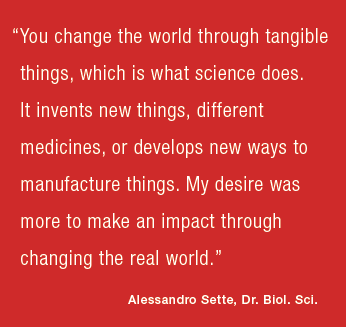
Q. Why did you switch to industry after your postdoc?
From there it became apparent that maybe you could use the fact that peptides bind MHC to inhibit autoimmune disease, and that’s how Cytel was started. For technical reasons, it was too difficult to inhibit the autoimmune response and the company pivoted to trying to stimulate an immune response with peptides. The idea of epitope-based vaccines and a new company—Epimmune—was born.

Q. You ultimately left Epimmune to join LJI. What propelled you?
Epimmune had evolved—just like Cytel before—and the focus was increasingly on clinical trials and the manufacture of vaccines, which wasn’t what I was interested in. I really enjoy being involved in the earliest stages of translational science—the transition between pure basic research and more fully applied research. And that’s what I’ve been doing at La Jolla Institute ever since.
Q. You switched from academia to industry and back. Is there an overarching question guiding your research?
The basic question is always the same: What does the immune system do? What kind of immune response is associated with good outcomes versus bad outcomes? It means understanding why some people infected with dengue get hemorrhagic fever while others only get a mild fever. Why some people breathe pollen and they are totally fine while somebody else gets asthma. What determines that? Once we understand that we can design treatments and vaccines that reproduce a good outcome or nudge the outcome in the right direction.
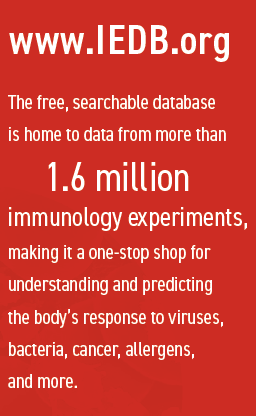
Q. Where did the idea for an immune database originate?
The concept of a database to keep epitope data organized was born during our Epimmune years. Back then, we and others filed patents with thousands of different epitope sequences, and after a while it became very difficult to keep everything organized because of the sheer volume. What data were available for a certain epitope? Was it a prediction? Was it tested? Was it shown to bind? Antigenic in humans? So, we started to develop early concepts to corral the flood of data. When I left Epimmune, the NIH coincidentally advertised for a contract to develop an Immune Epitope Database and I thought we had a good shot at it because of my previous experience.
Q. You are an avid fencer. That’s somewhat unusual, isn’t it?
Italy has a long tradition of world class fencing athletes and coaches, so it wasn’t that uncommon in Italy when I was a young boy. I fenced for a few years but as I grew up other interests took over and I forgot about it until much later here in the U.S.
Q. What makes fencing so enjoyable for you?
It is a good aerobic exercise, but your physical condition only matters up to a point. In a sense, it is like a chess game. Just like a good chess player who can visualize what is going to happen three moves down the line, a good fencer has to think ahead and to force his or her opponent to do something that creates an opening down the line. What’s particularly interesting for me is that as scientists we tend to analyze or over analyze everything, but during a fencing bout you only have a split second to make a decision and then you hope for the best.
Q. How do you spend your time when you are not in the lab or the fencing gym?
I love to cook for friends and family, the more the merrier. Back in the early 2000s, I also cooked for a local restaurant a few nights a week before it became impossible to spend two to three nights a week cooking and have a day job. I also like to travel and often go to Italy, where I still have a farm. The farm is in Pulia and has been in the family forever. It is run by Antonio, and Antonio’s grandfather ran the farm for my grandfather. We keep it because we have a deep emotional connection.


